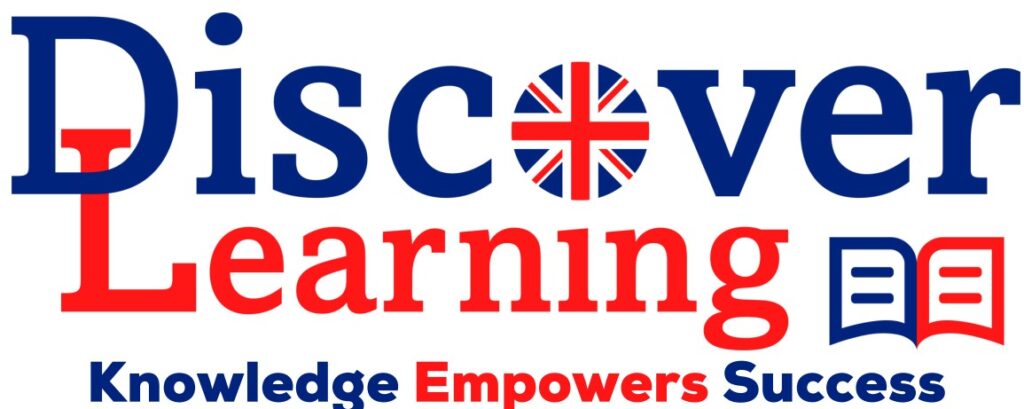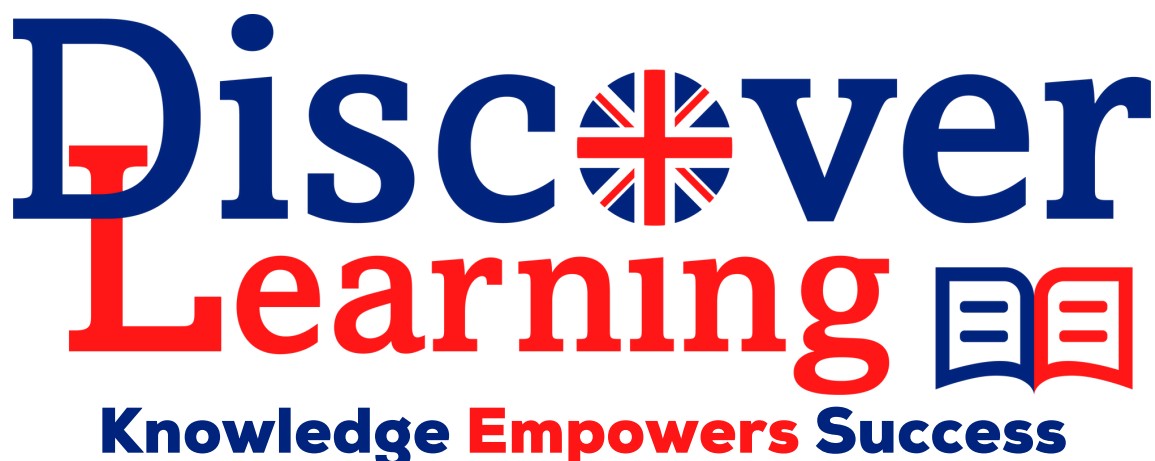AI is changing how kids learn pretty fast. Programs like ChatGPT and smart calculators can walk students through physics problems, give extra practice, and check answers before the paper gets handed in. These helpers are cool, but they can also tempt kids to cut corners, miss the big ideas, or use cheating shortcuts. Parents and teachers need to know how to use the new gadgets in a way that keeps learning real.
At Discover Learning tutors, we teach students to use AI like a bike helmet—helpful but not a replacement for smart thinking or practice.
The Rise of AI in Physics Homework
AI is showing up in almost every homework routine. Students are now asking for:
– detailed steps to solve a physics equation
– easy-to-understand definitions of complex ideas
– outlines for essays and final reports
– instant checks to see if the homework is done right
The perks are clear: kids can fill in gaps in their notes and move through lessons faster. The downside? Some students let the app do all the thinking and miss practicing how to think like a scientist.
The Risks of Relying on AI
Sure, AI can be a nice helper, but leaning on it too much can backfire. Here are a few big worries:
1. Academic Integrity
Some students let AI crank out whole essays, then turn them in without noticing they missed the actual learning.
The problem is, if a test asks you the same question, you’re blank because the AI thought, not you.
2. Misleading or Incorrect Information
Sometimes, AI spits out answers that sound official but are totally wrong, which is a real danger in complicated stuff like physics.
If you trust that wrong answer, you walk around with a faulty idea, and that sticks with you longer than you think.
3. Over-Reliance on Technology
Relying on AI too much can kill your real problem-solving and critical thinking skills.
Without the AI, you might freeze at test time or struggle in labs when you need to think on your feet.
At Discover Learning tutors, we always say AI should be a helper, not a free pass to skip learning. We want students to tackle the hard parts of a problem, not skip to the answer the robot gives.
Where AI Can Be a Support Tool
Even with the risks, if you treat it right, AI can be a powerful wingman. Here’s how it helps with physics homework:
Clarifying Concepts: AI can break down confusing physics ideas in a few different ways, like a tutor who tries different explanations until the light clicks on. Practice Opportunities: An AI buddy can whip up extra math problems and show you how to solve them one step at a time.
Study Help: Students can run their answers past AI to spot mistakes and learn the coolest shortcut that the homework guide missed.
Motivation: Chatty, interactive AI can turn boring math worksheets into a game, making kids curious about the next challenge instead of scared.
When families and schools spotlight these bright-side uses, they can let AI into the homework routine without dulling the learning buzz.
Guidelines for Smart and Fair AI Use
To grab the good stuff and dodge the bad stuff, families and schools should stick to these easy rules:
For Parents
Talk About AI’s Job: Remind kids that AI’s a coach, not a magic wand. They still do the lifting.
Double-Check Together: Kids should see the AI’s answers, explain how the AI got there, and show what they really know.
Dig Deep: Ask kids to explain answers, connect stuff to the real world, or tell how they would solve a problem differently.
Set the Clock and Place: Decide when and where the AI can pitch in, so the kid still learns.
For Schools
Slide AI In Wisely: Use AI as an extra calculator, not a teacher or a teacher-dodger.
Change the Test: Give projects, hands-on stuff, and supervised quizzes, so the AI can’t just hand over the answer.
Teach AI Smarts: Make sure students know when AI is guessing or making stuff up, so they can still think for themselves.
Use the tech responsibly: Show respectful and honest ways to use and learn from AI without taking shortcuts.
The Discover Learning tutors show students how to chat with AI in savvy ways, so tech becomes a helpful tutor and not a homework cheat.
Keeping Fair Grades in the AI Age
AI can steal the spotlight in homework and quizzes, so schools need to change how they check what kids know:
Get hands-on and off-screen: Let kids build marble runs in physics, run a home chemistry lab, or test a rocket with paper and tape.
Show the work, share the journey: Give full credit for a right answer and zero for how it got typed, sketched, or spoken.
Build learning portfolios: Snap a photo of a tricky math problem done laser-cut, then explain it in a quick video diary.
Team up and let AI listen: Students tackle math puzzles with peers and type out ideas in the shared chat so the app can nudge with hints, not the whole answer.
These grade-keeping hacks help kids show their brainpower and raise eyebrows the right way.
Sharpening Brain Skills with AI by Our Side
When AI plans the next move, students need brains running full throttle. To sharpen those skills, schools can:
Think-aloud questioning: Kid writes, “The answer is 32 because 32 times 5 is 160,” and screams the numbers out loud.
Side-by-side detective work: Grab a textbook and let AI drop a new way to work the same math. Kids circle where the layers dont match and sketch the core fix.
Scenario Problems: Give kids challenges that twist a topic just enough that standard answers won’t cut it, forcing new ideas every time.
Reflective Learning: Nudge kids to spot mistakes, ask why they happened, and write down a better path for next time.
These kinds of tasks turn the AI into a study buddy that asks good questions instead of just parrotting answers.
Practical Steps for Families
Parents can steer AI the right way in the home:
1. Talk about how AI works, and list what it rocks at and what it stinks at.
2. Check in on homework that uses AI; ask, “Do you get this, or did it just talk at you?”
3. Invite your kids to remix the AI’s answer in their own style.
4. Pair AI time with paper homework, board games, and hands-on experiments.
With some simple rules and good chats, families can help kids lean on AI the way you lean on a cookbook, not the way you lean on a crutch.
Practical Steps for Schools
Schools need to update their playbook for a class full of AI:
- Train teachers on how the tech works, what it does well, and what it flops at.
- Change lesson plans to weave in AI help while keeping focus on creativity and real-world problems.
- Grade kids on projects, group talks, and hands-on work so tests can’t be faked with an app.
- Keep an eye on how kids use AI; praise good habits and gently correct the not-so-great ones.
- These steps help schools keep creativity high while keeping academic honesty front and center.
The Role of Discover Learning Tutors
At Discover Learning Tutors, we show students how to use AI the smart way, not the lazy way. Here’s how we do it:
- Ethical AI integration: Students practice seeing AI as a useful coach instead of a cheat.
- Skill development: We focus on reasoning, problem-solving, and really understanding the why behind the formulas.
- Individualized guidance: We look at AI-assisted work and give specific notes on what to fine-tune.
- Balanced learning: Students work out problems by hand and then use AI to see another way to think about it.
- Putting all of this together helps them build a rock-solid base while learning to use AI wisely.
Conclusion
AI can help with physics homework, but it’s a double-edged sword. The same tool that clears up a tough graph can mask a shortcut that skips real understanding. Students need help training their brains to think, not just to click.
Families and schools have to point them in the right direction by celebrating critical thinking, hands-on practice, and that occasional paper-and-pencil struggle.
At Discover Learning Tutors, we guide students toward that sweet spot by teaching them to work with AI the right way, boost their understanding, and gather skills that keep on growing. With smart coaching, AI can be a powerful sidekick in the classroom instead of a sneaky shortcut out the door.

